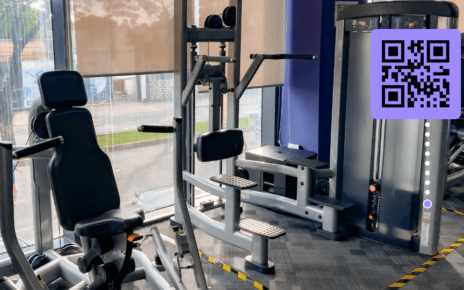Analyzing the ROI of Experiential Marketing Campaigns is crucial to understand the effectiveness of experiential marketing. This metric figures out the value of the marketing by merging reach and impact to derive a monetary result that is modeled against program spend.
Create authentic content that participants can share on social media to boost event reach and brand awareness. Gather useful and valuable feedback to improve future campaigns.
1. Measure Engagement
Experiential marketing brings brands directly to their audiences with engaging experiences that create deep-rooted connections, but without effective measurement and analysis, it’s difficult to see a return on investment. By defining clear, measurable goals and metrics from the outset and analyzing the results of campaigns, marketers can identify successes and identify areas for improvement.
One of the most important metrics to measure is engagement. Whether that’s counting the number of people who visit your experiential booth or determining how many share content on social media, this can be a great indicator of the effectiveness of your campaign. Using a customer relationship management system (CRM) can make it easier to track engagement with your business, but even low-tech methods can be effective—such as keeping track of how many freebies you give away or collecting email addresses through an interactive game.
Personalization is also a powerful way to increase engagement, and a key to measuring the success of your experiential marketing strategy. A 2020 survey showed that 83% of customers are more likely to purchase goods from a brand they have an emotional connection with, and personalized messaging is one of the most effective ways to build these connections.
The other critical metric is impact, which measures the change your experiential marketing creates in attitudes and perceptions. This is typically measured through future intent, which can be modeled and compared against program spend to calculate your ROI.
2. Measure Reach
A successful experiential marketing campaign can generate a buzz across social media and attract a lot of attention, reaching new audiences outside your immediate target market. This type of reach is important to measure and can help to justify a higher budget for your next activation.
One of the most common ways to measure reach is by counting how many people engage with your activation. This can be as simple as tracking how many freebies you give away (business cards are a low-tech way to do this) or as complex as measuring the number of people who play a digital game at your event. Then, you can use a CRM to determine the total reach of those participants and compare that against your goals for the campaign (e.g. sales uplift, brand awareness).
Another important way to measure reach is by tracking the number of impressions your campaign makes on social media. This can be measured by calculating the number of engagements your campaign receives, such as likes, shares and mentions. This metric can be used to identify influencers who may be interested in working with your brand on future campaigns.
Using experiential marketing as a tool to reach a new audience and create an impact is a valuable strategy for any brand. By setting clear goals, carefully selecting the location and timing of your campaign, and tracking and analyzing your ROI, you can ensure that your investments in experiential marketing pay off.
3. Measure Conversions
With all the hype around experiential marketing, brands need to know how these campaigns measure up to more traditional ones. After all, experiential is all about reaching consumers in a way that’s unique, building connections, and creating brand advocates.
As such, a clear call to action is vital—whether that’s driving traffic to the brand website, encouraging people to purchase the product after the experience, or something else altogether. The goal is to drive conversions, which are easily measurable through metrics like the number of people who complete a desired action or conversion rate (such as signing up for a newsletter, buying a product, or visiting another page on the website).
In addition to hard-hitting KPIs such as these, it’s important to track more softer results like consumer sentiment and how they feel about your brand after the activation. You can do this with simple tools, like tracking how many freebies you give away at a booth and recording their names or business cards, or with more advanced technology, such as facial recognition software at live events that allows marketers to monitor participants’ reactions.
This type of technology can provide more insight into consumer engagement, helping marketers understand what worked and what didn’t at their specific event or activation. It also lets them see the bigger picture and gain insights for future experiential efforts.
4. Measure Attribution
In the world of marketing, attribution is what makes the difference between a measurable KPI and an intangible concept like brand affinity. Experiential marketing offers marketers a unique opportunity to collect first-party data from customers and make that data useful for future campaigns by pairing it with the right digital analytics tools.
The best experiential marketing experiences are built around the personal. This can take many forms, from custom invites and thoughtful swag to immersive physical and virtual experiences that make participants feel like they’re the star of the show. Marketers love new customer data and insights, and experiential marketing gives brands a way to gather both while making the audience feel valued at the same time.
Attribution is where reach and impact come together to generate a monetary value that can be translated into current or future sales with CRM systems. However, figuring out the true value of an experiential campaign is more complicated than simply measuring conversions. Using a first-interaction or last-interaction attribution model, which assigns credit to the initial interaction with the brand (such as signing up for an event or talking to a rep at a conference), is often not accurate in predicting future purchase behavior.
A better way to measure the value of an experiential campaign is to look at the total effect it has on current or future sales, and then compare that against the amount spent on the program. This approach is more realistic, and is the focus of our free download: REAL WORLD IMPACT: A Guide To Measuring Experiential Marketing Campaigns In The Real World.




